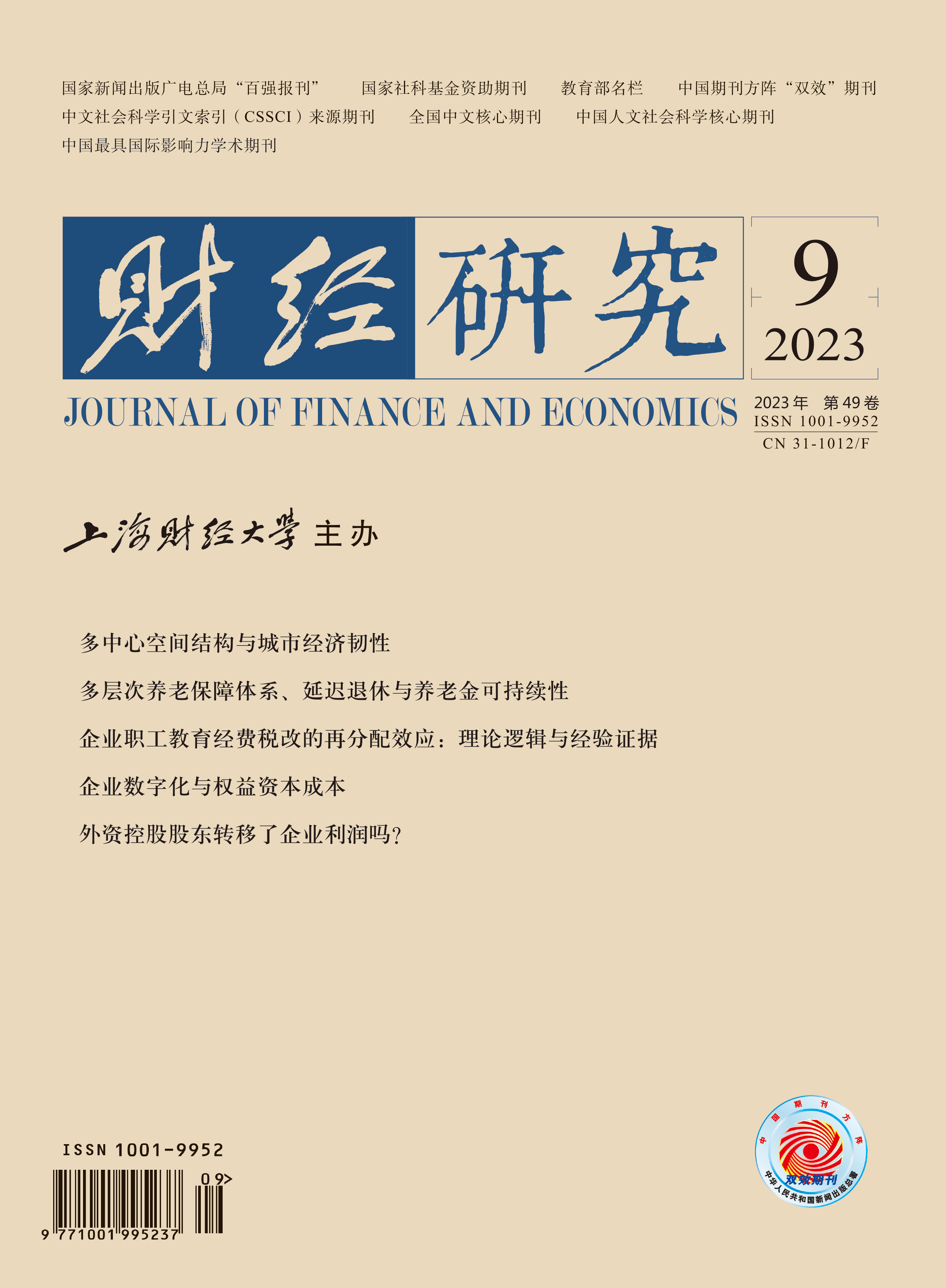Economic resilience is the ability of a city to respond to structural changes and innovate development paths, and spatial structure is the result of the differential evolution of income and cost in different spaces in the process of agglomeration economy development. As the embodiment of polycentric agglomeration of resource elements, what impact does the spatial structure have on economic resilience? Based on a theoretical framework of polycentric spatial structure affecting economic resilience, this paper makes an empirical test by using the matching data of nighttime lights and urban economic indicators. From the perspective of urban form, it discusses the influence mechanism of polycentric spatial structure on economic resilience under different spatial scales, and accurately identifies which cities in different sizes are suitable to choose the polycentric spatial structure.
The conclusions are as follows: First, the impact of urban internal polycentric spatial structure on economic resilience is promotion, while the impact of urban external polycentric spatial structure on economic resilience is an inverted U-shaped curve relationship of first promotion and then inhibition, and the impact of spatial structure on economic resilience has significant spatio-temporal heterogeneity. Second, by conducting a shift-share decomposition of economic resilience, it shows that the internal polycentric spatial structure can affect the overall economic resilience by acting on industrial structure resilience and competitiveness resilience, while the transmission mechanism of external polycentric spatial structure on the overall economic resilience is different in different sections. Third, the internal polycentric spatial structure can affect economic resilience through carrying the capacity effect and economic efficiency effect, while the external polycentric spatial structure can affect economic resilience through the factor flow effect and network externality effect, and the transmission mechanism is mainly conducted through competitiveness resilience. Fourth, for cities in different sizes, the optimal spatial structure supporting the improvement of economic resilience is also different due to the differences in internal agglomeration degree and external network structure. This paper is helpful to expand the related research on the influencing factors of urban economic resilience, construct the theoretical framework of co-evolution between urban polycentric spatial structure and economic resilience. The policy suggestions are as follows: First, differentiated choices of spatial development models should be made to stimulate urban economic resilience. Second, the spatial structure should be relied on to achieve the restructuring of factors and promote the transformation and upgrading of industrial structure. Third, multi-dimensional policies should be implemented to open up the channels through which the polycentric spatial structure affects economic resilience.





 5933
5933  4225
4225

